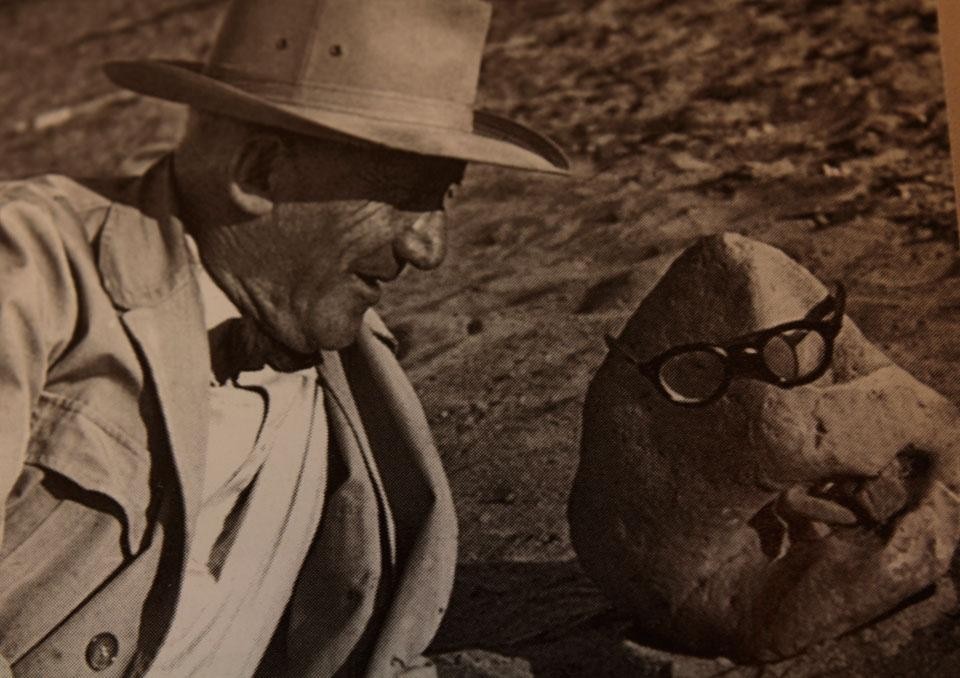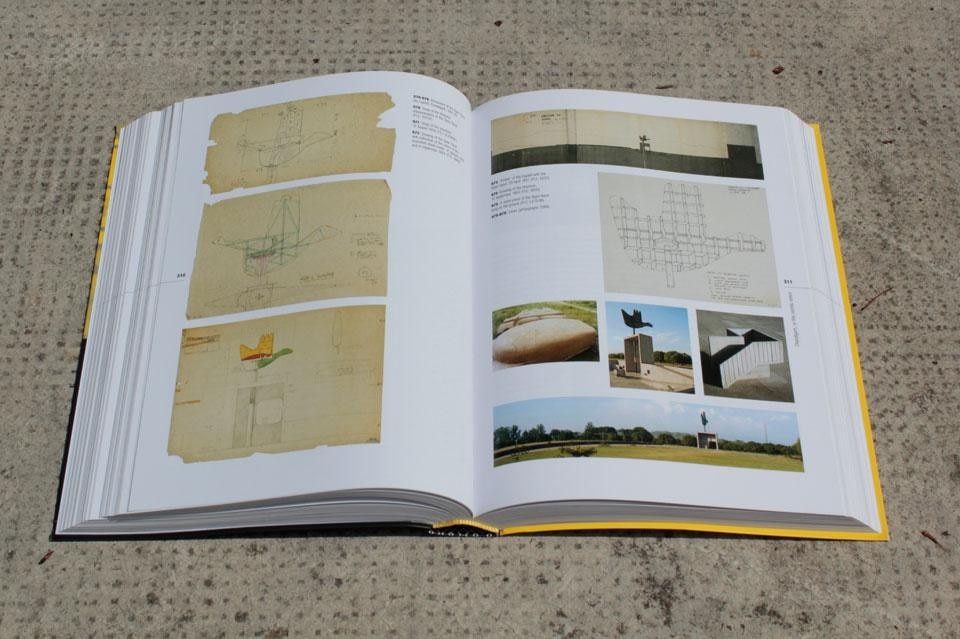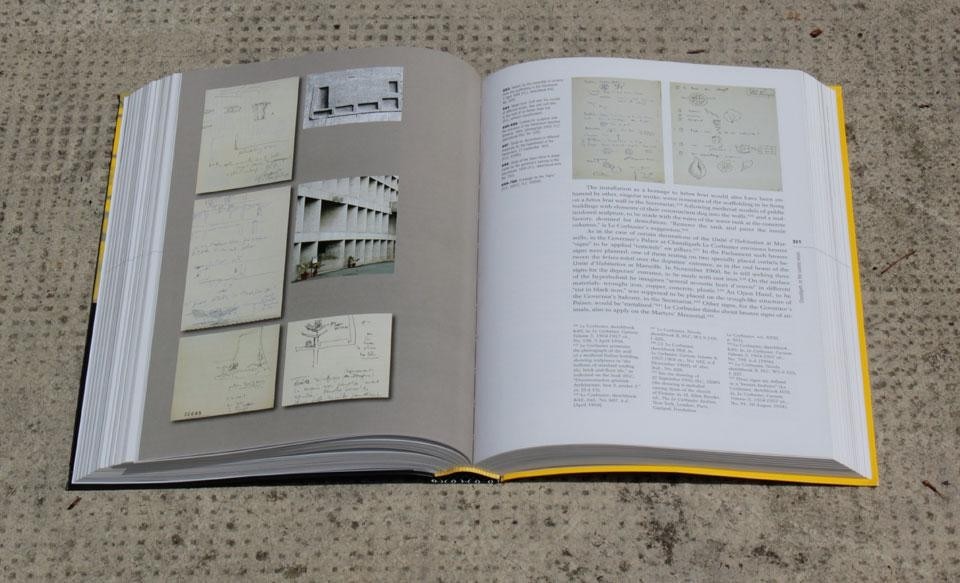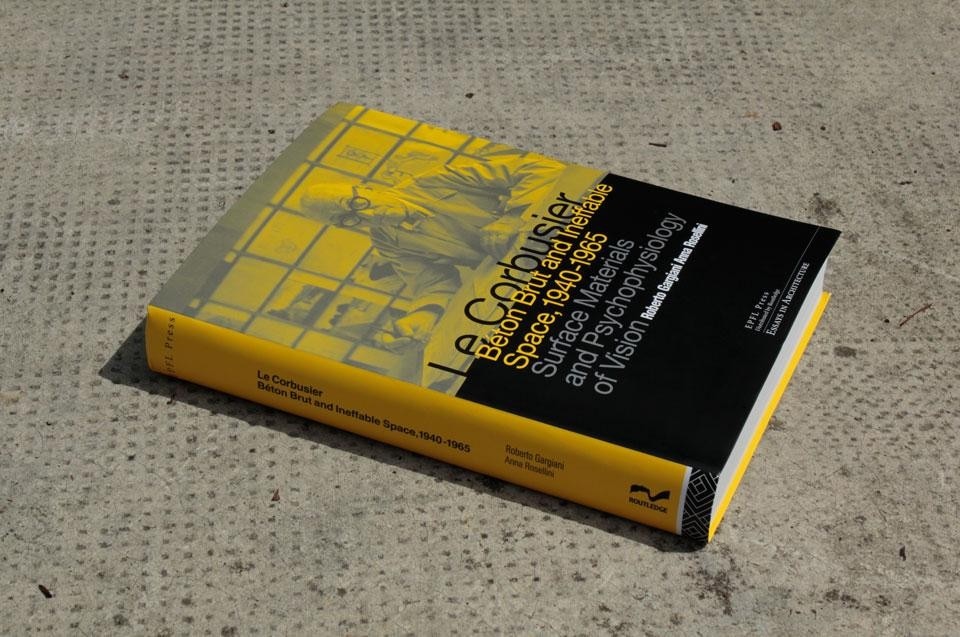As the sophisticated inventor and stimulator of strategies for galvanising architectural discussion, Le Corbusier inspired, after his death, unparalleled editorial production in the field of architecture, in its many genres and forms. Fragmentation and unity, dissipation and synthesis of the person and his career are gauged also on the basis of this phenomenon, and not only by the uncontrolled multiplication of literature on him. The task of producing an increasingly difficult to achieve overall view on the architect has been variously addressed in recent years. The most spectacular example is 2008's Le Corbusier Le Grand, published by Phaidon, a colossal visual history and atlas of both a cultural figure and a newly invented publishing form (as far as architecture is concerned, at least). The volume also included an introductory essay by Jean-Louis Cohen, which was an exercise in textual synthesis conducted with masterly ease. In 2009, adopting a very different publishing principle, 010 republished the founding father of overview studies that followed the architect's death, Le Corbusier. Elements of a Synthesis, by Stanislaus von Moos, originally published in German in 1968.
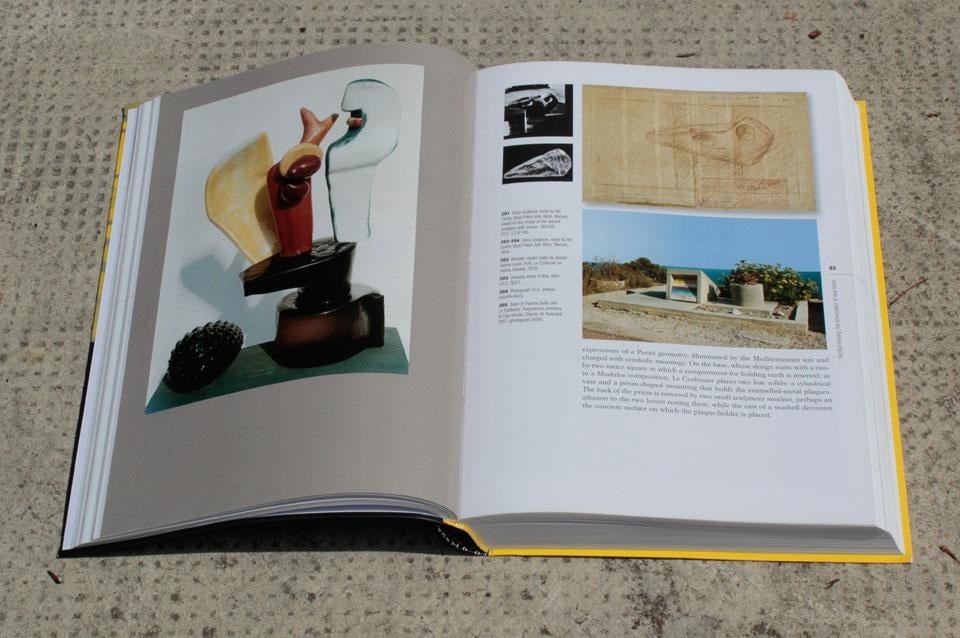
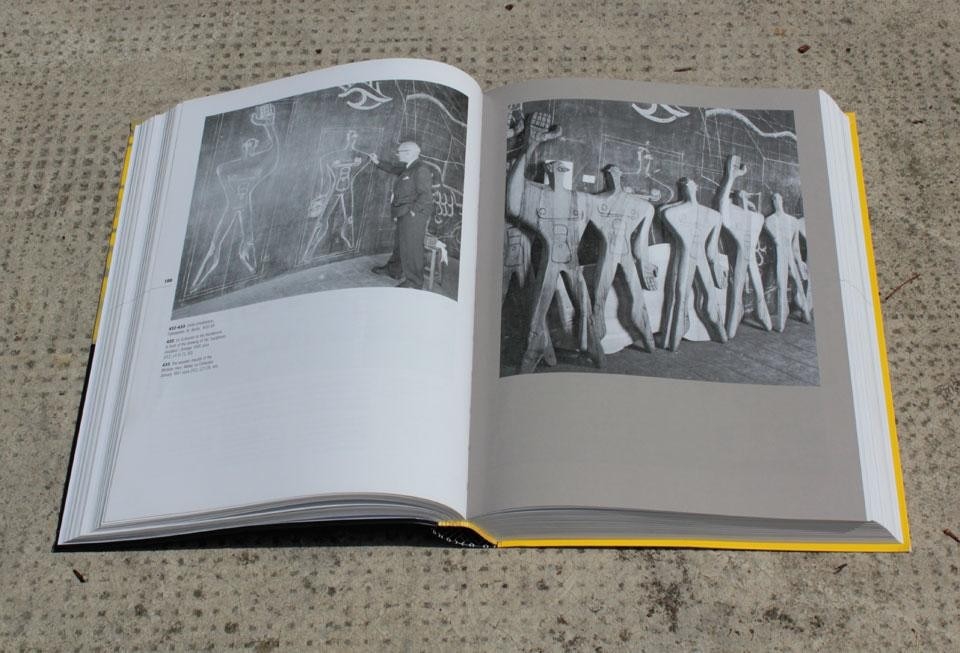
As is the norm with Gargiani, the book has no preface and the two notions are left to provide conceptual keys to the historiographic intentions behind the authors' work (the first notion is drawn directly from Le Corbusier, the second is an interpretation). Béton Brut and Ineffable Space, 1940-1965 adds nothing itself, lacking anything but a fleeting theoretical focus and argumentative verve; indeed, it does not even explain why 1940 marked the beginning of the final phase of Le Corbusier's career or that 1940-1965 is a sufficiently consistent period to be treated as a whole.
With no desire for synthesis, a book that helps observe the figure of Le Corbusier part by part belongs to the artistic-biography genre only in name
